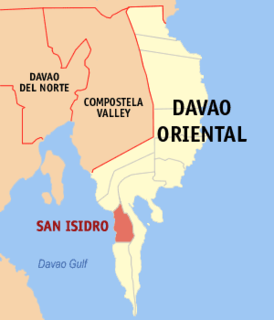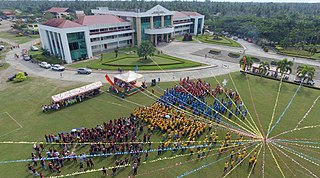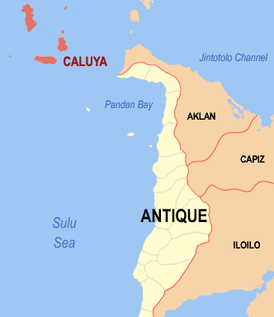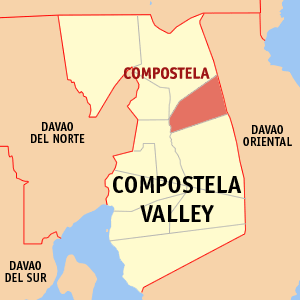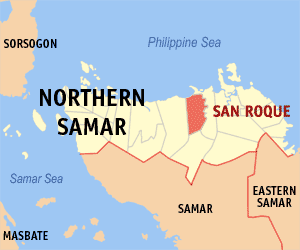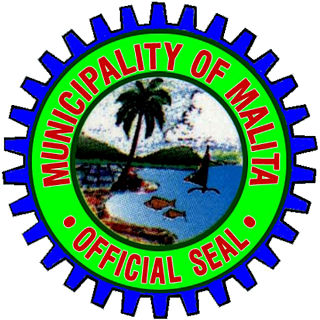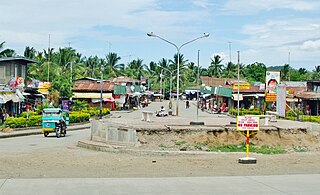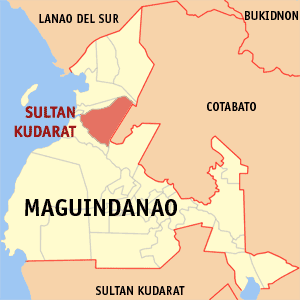This article needs additional citations for verification .(April 2014) (Learn how and when to remove this template message) |
Lupon | |
|---|---|
| Municipality of Lupon | |
 Map of Davao Oriental with Lupon highlighted | |
Location within the Philippines | |
| Coordinates: 6°53′53″N126°00′35″E / 6.89814°N 126.00961°E Coordinates: 6°53′53″N126°00′35″E / 6.89814°N 126.00961°E | |
| Country | |
| Region | Davao Region (Region XI) |
| Province | Davao Oriental |
| District | 2nd District |
| Founded | August 8, 1948 |
| Barangays | 21 (see Barangays) |
| Government | |
| • Type | Sangguniang Bayan |
| • Mayor | Erlinda D. Lim |
| • Vice Mayor | Santos Q. Alonzo Jr. |
| • Congressman | Joel Mayo Z. Almario |
| • Electorate | 47,589 voters (2019) |
| Area | |
| • Total | 886.39 km2 (342.24 sq mi) |
| Population (2015 census) [3] | |
| • Total | 65,785 |
| • Density | 74/km2 (190/sq mi) |
| Economy | |
| • Income class | 1st municipal income class |
| • Poverty incidence | 24.72% (2015) [4] |
| • Revenue (₱) | 242,897,909.51 (2016) |
| Time zone | UTC+8 (PST) |
| ZIP code | 8207 |
| PSGC | |
| IDD : area code | +63 (0)87 |
| Climate type | tropical rainforest climate |
| Native languages | Davawenyo Surigaonon Cebuano Kalagan language Kamayo Tagalog |
| Website | lupon |
Lupon, officially the Municipality of Lupon, is a 1st class municipality in the province of Davao Oriental, Philippines. According to the 2015 census, it has a population of 65,785 people. [3]

Davao Oriental is a province in the Philippines located in the Davao Region in Mindanao. Its capital is Mati, and it borders the province of Compostela Valley to the west, and Agusan del Sur and Surigao del Sur to the north. The province is the traditional homeland of the Mandaya and Kagan people.

The Philippines, officially the Republic of the Philippines, is an archipelagic country in Southeast Asia. Situated in the western Pacific Ocean, it consists of about 7,641 islands that are broadly categorized under three main geographical divisions from north to south: Luzon, Visayas and Mindanao. The capital city of the Philippines is Manila and the most populous city is Quezon City, both part of Metro Manila. Bounded by the South China Sea on the west, the Philippine Sea on the east and the Celebes Sea on the southwest, the Philippines shares maritime borders with Taiwan to the north, Japan to the northeast, Vietnam to the west, Palau to the east, and Malaysia and Indonesia to the south.
Contents
- Barangays
- Demographics
- Climate
- History
- Creation into a Municipal District
- Creation into a regular municipality
- Mayors of Lupon
- See also
- References
- External links
Lupon is said to have derived its name from the native word "naluponan", meaning a body of land accumulated at the mouth of a river resulting from years of continued accretion. The settlers shortened the word "naluponan" into what is called now "Lupon". This "naluponan" area was then applied to the mouth of the Sumlug river of Lupon municipality of today.

